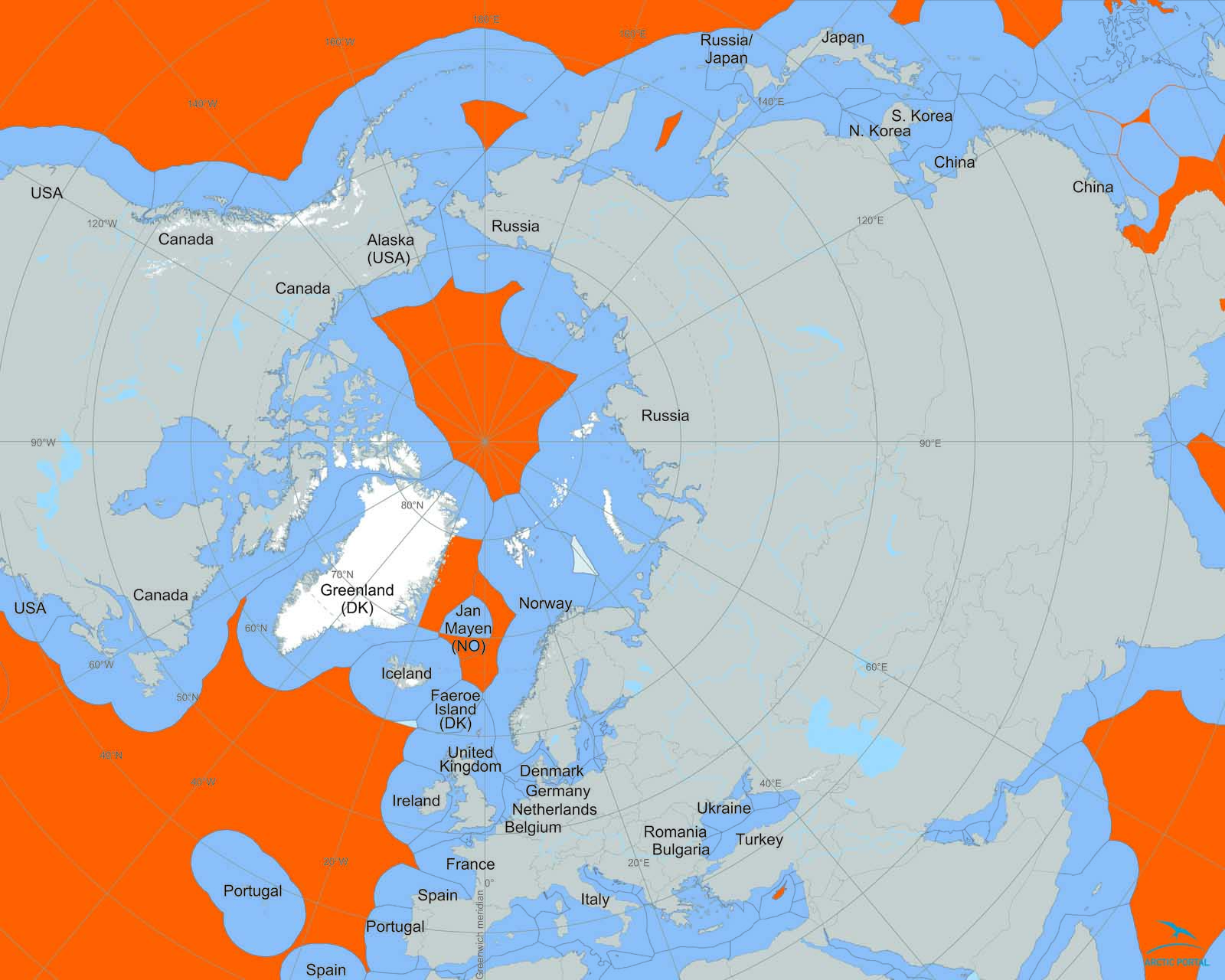
In the decade following the adoption of the 1982 United Nations Convention on the Law of the Sea, fishing on the high seas became a major international problem.
The Convention gave all States the freedom to fish without regulations on the high seas, but coastal States, to which the Law of the Sea conferred exclusive economic rights, including the right to fish within 200 miles off their shores, began to complain that fleets fishing on the high seas were reducing catches in their domestic waters.
The problem centred on fish populations that "straddle" the boundaries of countries' 200-mile exclusive economic zones (EEZs), such as cod off Canada's eastern coast and pollack in the Bering Sea, and highly migratory species like tuna and swordfish, which move between EEZs and the high seas.
By the early 1990s, most stocks of commercially valued fish were running low, according to the Food and Agriculture Organization of the United Nations (FAO). As catches became smaller, coastal States complained that the industrial-scale fishing operations of the so-called "distant-water" States on the high seas were undermining their efforts to conserve and revitalize fish stocks within the EEZs.
Reports of violence between fishing vessels from coastal and distant-water States became increasingly frequent, especially during the "cod wars" of the 1970s. Several countries, including Britain and Norway, sent naval ships to protect fishing fleets on the high seas. Spanish fishers clashed with British and French driftnetters in what came to be known as the "tuna wars".
Before the UN Agreement on Straddling and Highly Migratory Fish Stocks was finalized in October 1995, several coastal States had fired shots at foreign fleets. In the northern Atlantic, Canada seized and confiscated a Spanish boat and crew fishing in international waters just beyond the Canadian 200-mile limit.
The coastal States most concerned during the negotiations about the impact of high seas fishing on their domestic harvest include Argentina, Australia, Canada, Chile, Iceland and New Zealand.
Six countries are responsible for 90 per cent of "distant-water" fishing: Russia, Japan, Spain, Poland, the Republic of Korea, and Taiwan province of China. The United States also does a significant amount of high-seas fishing, especially for tuna, and in recent years China has become a major fishing nation.
At the Earth Summit -- the UN Conference on Environment and Development, held in Rio de Janeiro in June 1992--Governments called on the United Nations to find ways to conserve fish stocks and prevent international conflicts over fishing on the high seas. The UN
Conference on Straddling and Highly Migratory Fish Stocks held its first full meeting in July 1993. After six negotiating sessions, a legally binding Agreement was opened for signing on 4 December 1995.
"This Agreement gives us a tool for winning the battle to save the world's fish", Ambassador Satya N. Nandan of Fiji, the Conference Chairman, said at the close of the talks. "It confers on States both the right to fish and the obligation to manage fish stocks sustainably."
The treaty
- Establishes the basis for the sustainable management and conservation of the world's fisheries;
- Addresses the problem of inadequate data on fish stocks;
- Provides for the establishment of quotas;
- Calls for the setting up of regional fishing organizations where none exist;
- Tackles problems caused by the persistence of unauthorized fishing;
- Sets out procedures for ensuring compliance with its provisions, including the right to board and inspect vessels belonging to other States; and
- Prescribes options for the compulsory and binding peaceful settlement of disputes between States.
Source: United Nations website
